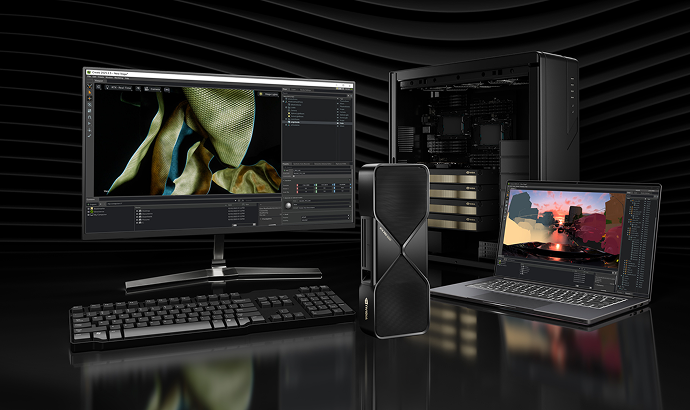

Writing About AI
Uvation
Reen Singh is an engineer and a technologist with a diverse background spanning software, hardware, aerospace, defense, and cybersecurity. As CTO at Uvation, he leverages his extensive experience to lead the company’s technological innovation and development.

FP8 (8-bit precision) is a reduced-precision floating-point format that offers significantly greater efficiency compared to traditional FP32 (32-bit) or FP16 (16-bit) formats. This is crucial for AI because as models become larger and more complex, they demand immense computational resources and memory. FP8 strikes a balance by enabling faster computations and lower memory usage, which are ideal for large-scale AI workloads like training and inference for large language models (LLMs). Its significance lies in its ability to drastically reduce memory consumption by up to 75% and deliver substantial speedups, making advanced AI more accessible and efficient.
The NVIDIA H100 GPU is specifically engineered to maximise the benefits of FP8 precision, delivering a revolutionary leap in AI computing. Its core innovation is the ‘Transformer Engine’, which incorporates FP8 Tensor Cores. These enable the H100 to perform matrix multiplications and other tensor operations directly at FP8 precision. Furthermore, the H100 features ‘Dynamic Precision Switching’, allowing it to intelligently switch between FP8, FP16, and FP32 formats during computations to ensure optimal balance between performance and accuracy. These hardware-level optimisations, coupled with improved memory management due to FP8’s reduced memory footprint, allow the H100 to achieve up to 9x faster AI training and 30x faster AI inference speeds on LLMs compared to its predecessor, the A100.
FP8 precision comes in two primary variants, each designed for specific computational needs within AI training and inference:
The strategic use of these two variants helps maintain model accuracy while significantly boosting efficiency.
The integration of H100 with FP8 precision offers profound practical benefits across various industries:
These improvements highlight FP8’s ability to drive innovation and efficiency across diverse sectors.
FP8 represents the next step in the evolution of numerical precision for AI, offering distinct advantages over other formats:
This positions FP8 as a versatile and powerful format for both phases of the AI lifecycle.
Mismanaging floating-point precision can introduce several critical risks to AI models:
The Transformer Engine is a pivotal architectural component within the H100 GPU, specifically designed to accelerate transformer-based AI models, such as LLMs (e.g., GPT-3, BERT, Llama). Its direct relation to FP8 lies in its incorporation of FP8 Tensor Cores. These dedicated hardware units enable the H100 to execute matrix multiplications and other critical tensor operations at FP8 precision with unparalleled efficiency. The Transformer Engine also dynamically adjusts precision levels (switching between FP8, FP16, and FP32) during execution, ensuring that operations are performed at the most efficient precision while maintaining accuracy. This dynamic adaptation is key to the H100’s superior performance in processing modern, complex AI architectures.
The adoption of FP8 precision is projected to accelerate significantly in the coming years. Industry analysis, such as Gartner’s prediction that 85% of AI training workloads will utilise reduced precision formats by 2025, underscores this trend. As AI models continue to grow exponentially in size and complexity, FP8 will play an increasingly critical role in enabling efficient and scalable AI training and inference. Its ability to reduce memory usage and accelerate computations without substantial loss of accuracy makes it an indispensable technology for the advancement of AI, allowing organisations to tackle more ambitious AI initiatives and unlock new levels of performance and efficiency.
We are writing frequenly. Don’t miss that.
